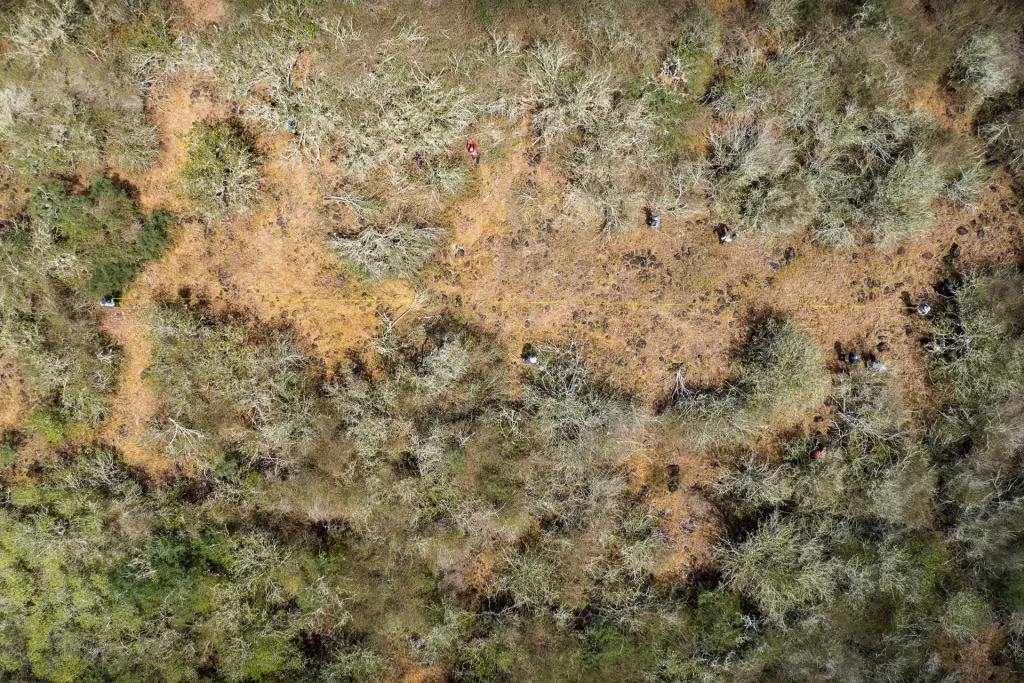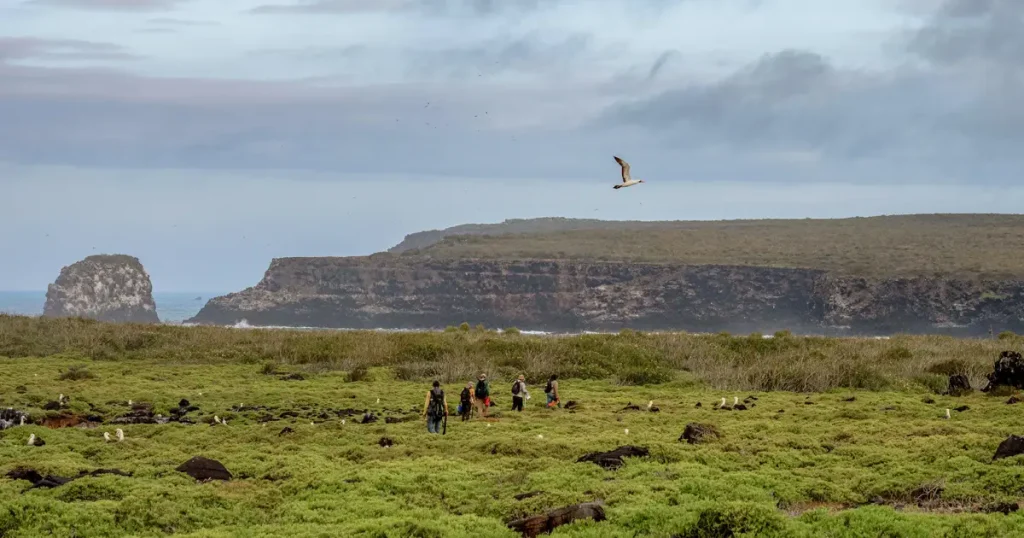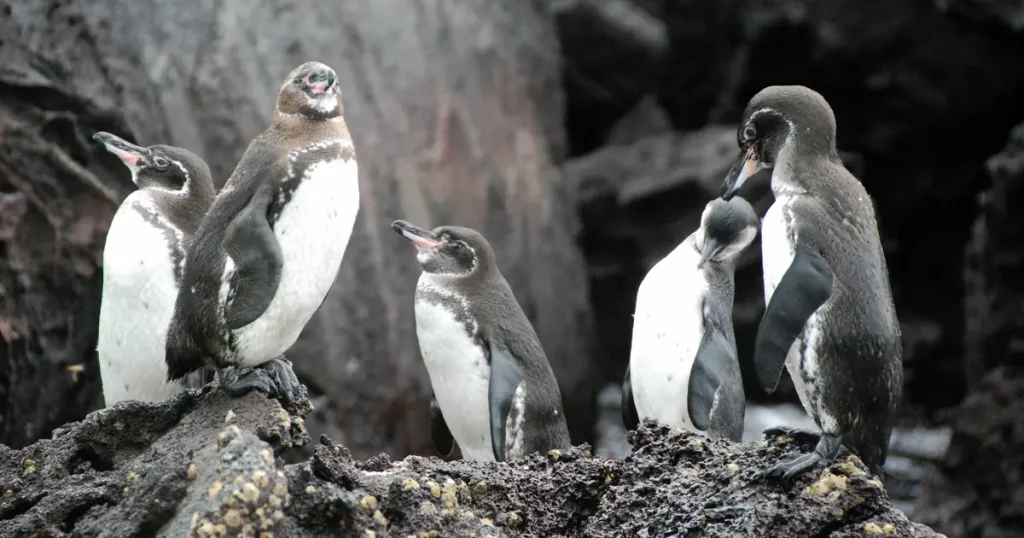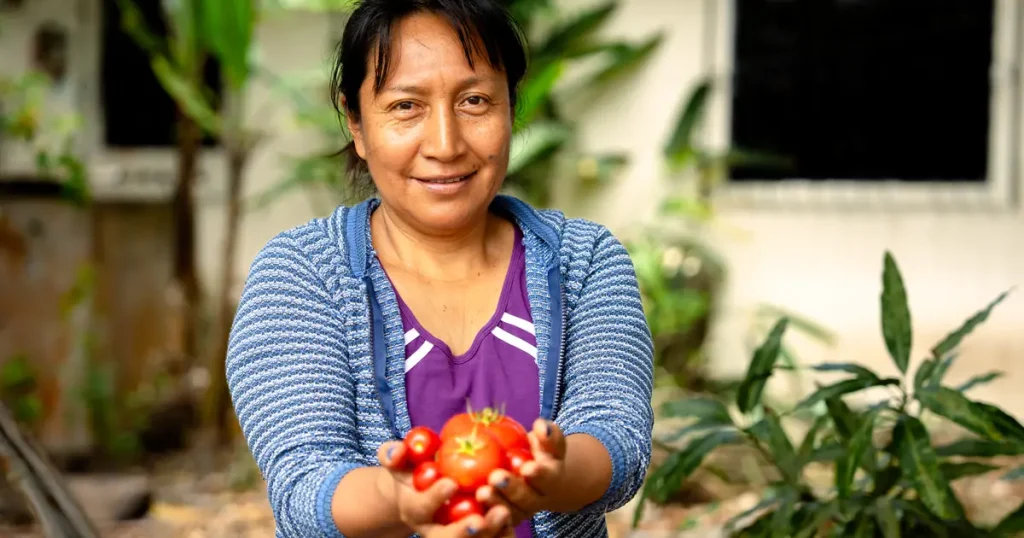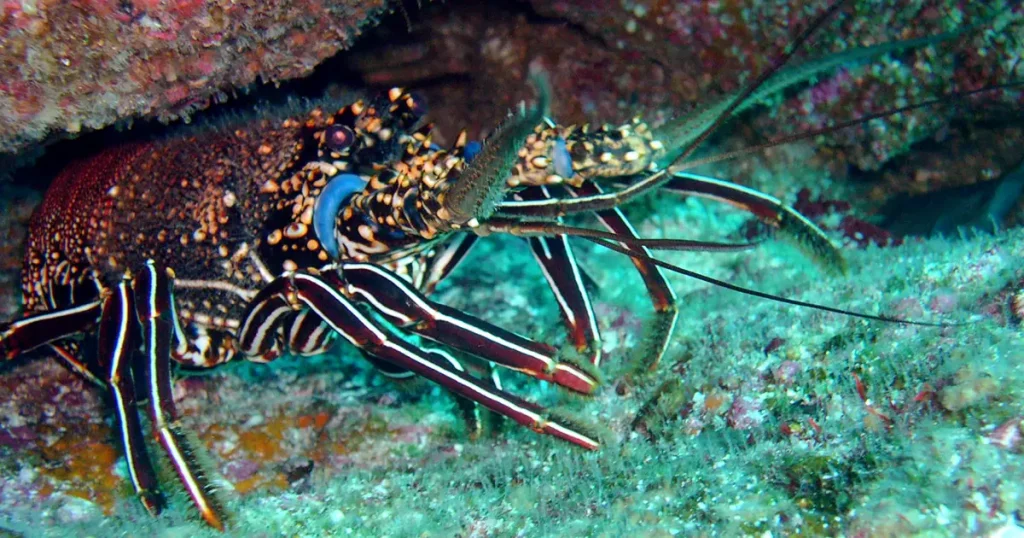Expedition to Help Nesting Waved Albatross a Success
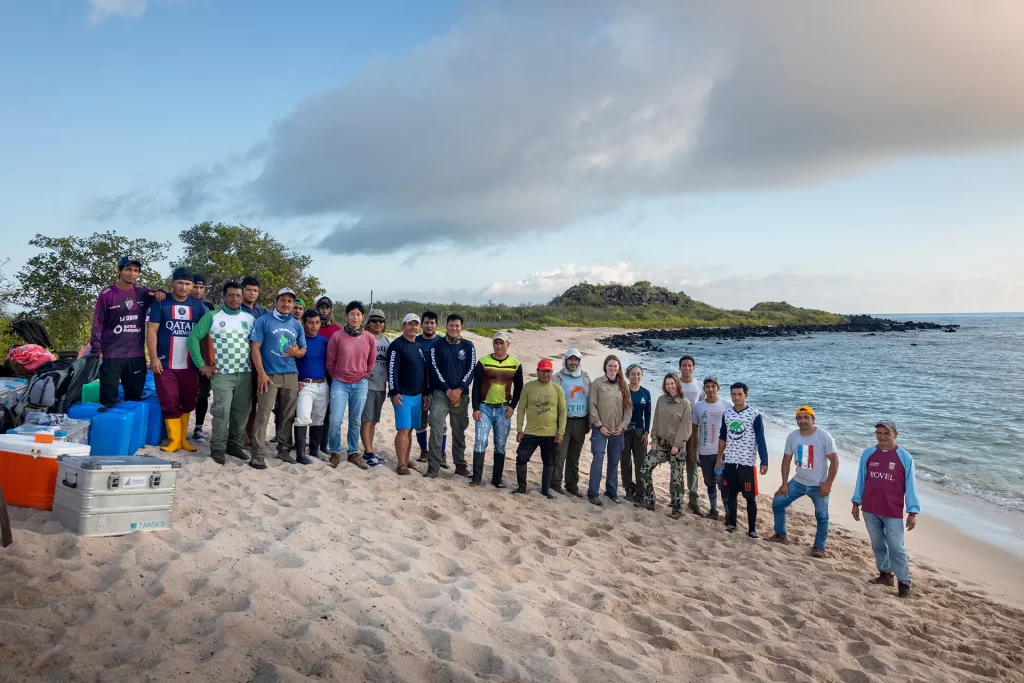
A recent field mission to the breathtaking Española Island in the southeastern sector of the Galápagos archipelago united a team of 27 dedicated Galápagos National Park Directorate rangers and conservation officers from Galápagos Conservancy to improve nesting habitat for the waved albatross. This magnificent seabird is endemic to the Galápagos, and only nests on Española Island, to which thousands of tourists are drawn annually to witness the spectacular mating rituals of this magnificent seabird.
Focus and Development of the Expedition
The recent expedition was a crucial step in our ongoing efforts to protect the waved albatross. We collaborate closely with the Galápagos National Park Directorate on conservation actions aimed at restoring the island’s ecosystems and helping its unique biodiversity flourish again.
The expedition focused on clearing the “runways” that these birds need for takeoff and landing. Vegetation on the island has become overgrown in the last few decades, creating obstacles for these ungainly birds with 6-foot-long wingspans to access their nesting areas on the island. For ten days prior to the arrival of the albatross to nest on the island, the team toiled under the relentless sun of this arid yet beautiful and uninhabited island, clearing forty-nine runways, each measuring 33 feet wide by 164 feet long, freeing these areas of obstacles that threaten the safety of the albatross when in flight. The expedition was not without its physical challenges. with daily hikes of up to 7.5 miles over rocky terrain and demanding work removing shrubs and small trees from the nesting areas. Most trees removed were “muyuyo” or Cordia lutea – a common species native to Ecuador, Peru and Polynesia, that has infested the island since the collapse of its population endemic giant tortoise, which once maintained open areas for albatross to nest, and is slowly recovering again.
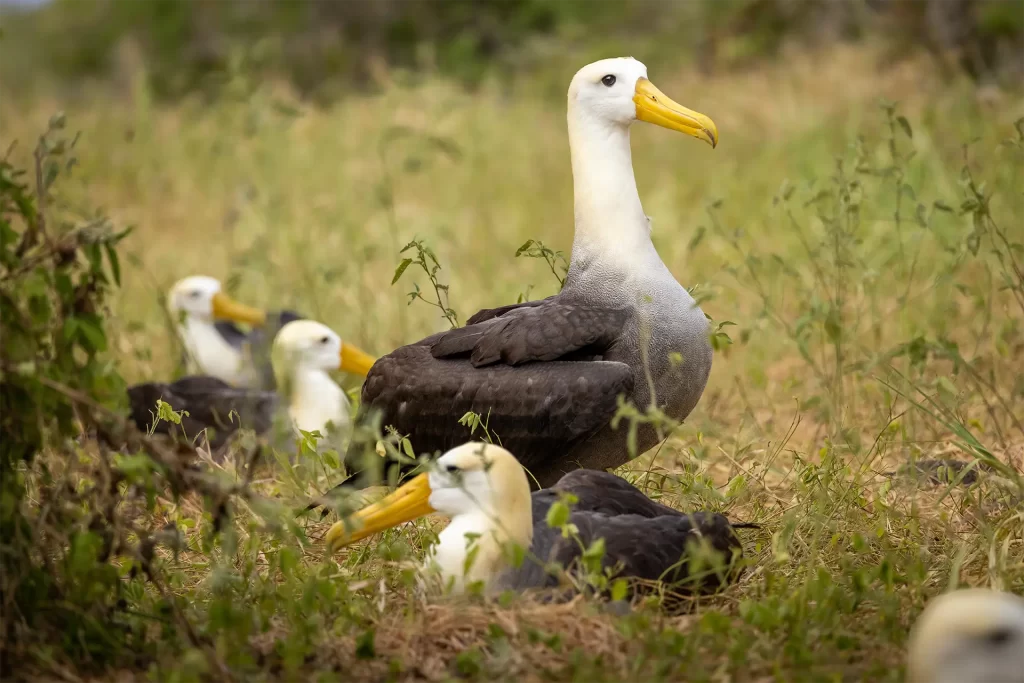
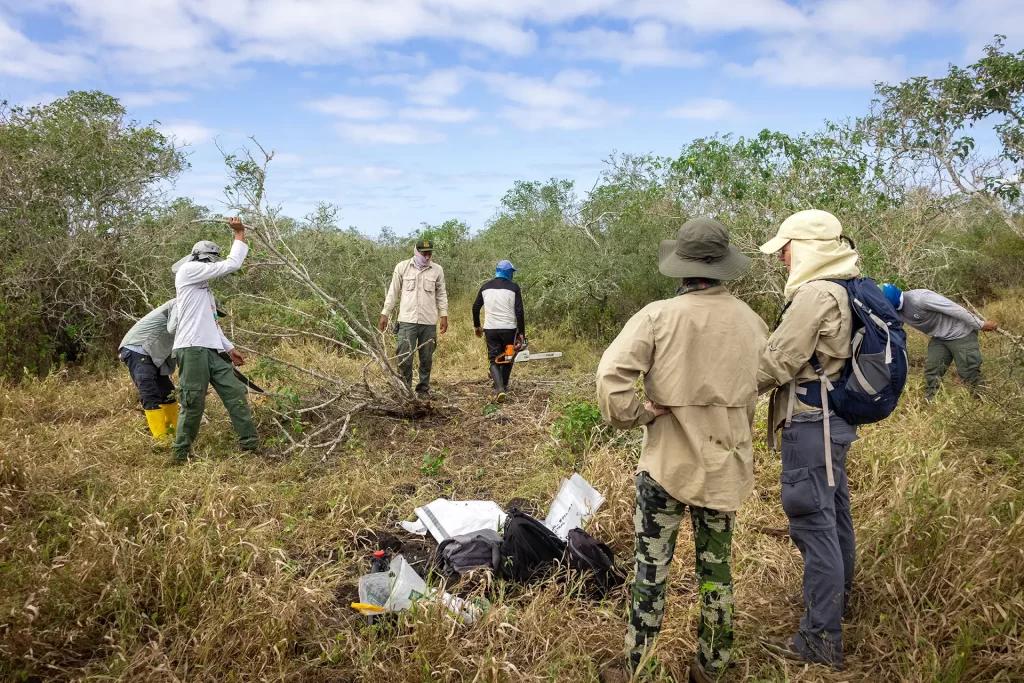
Impact and Future Plans
“It is essential to ensure the integrity of the albatrosses in their only nesting place in the world,” says our conservation director, Dr. Jorge Carrión, who has witnessed firsthand the positive impact of these conservation initiatives on the albatross population.
Looking ahead, our focus remains on strategic actions for the conservation of Galápagos albatrosses. We are planning another expedition later this year to Española Island, where, in addition to maintaining the runways of these iconic birds, we will also monitor tortoises that were repatriated in previous months to assess their status and interaction with the ecosystem.
Commitment to Conservation
Our conservation expeditions powerfully demonstrate our dedication to preserving the unique biodiversity of the Galápagos. Through close collaboration with the Galápagos National Park Directorate and our donors’ generous support, we will tirelessly work to ensure a thriving future for the waved albatross and all the natural wonders that make the Galápagos such an exceptional place.
